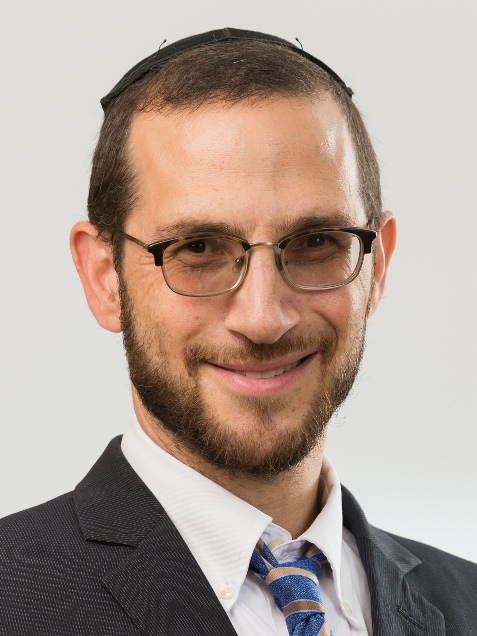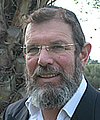Bring It Home
הרב שלום רוזנר
יִשָּׂשכָ֖ר חֲמֹ֣ר גָּ֑רֶם רֹבֵ֖ץ בֵּ֥ין הַמִּשְׁפְּתָֽיִם (בראשית מט:יד)
Yissachar is a bony donkey, lying between the boundaries. (Bereshis 48:14).
What positive characteristic is the Torah emphasizing by referring to Yissachar as a donkey? The Gemara in Avoda Zara (5a) states that a man should approach Torah like an ox and a donkey. (l'olam yasim adam atzmo al divre torah k'shor la'ol u'kchamor l'masa). What is the difference between an ox and a donkey and why does the Gemera state that we need to act like both an ox and a donkey in the way we approach the study of Torah?
The Chafetz Chaim explains the nuance between an ox and a donkey with respect to Torah. An ox is a strong animal and is used to prepare the field for planting. The donkey is used to carry the produce from the field after it is ripe. With respect to work in a field, the ox is pre and the donkey is post. Similarly, with respect to Torah, we have to properly prepare, toil and work hard at mastering the material (like the ox). We have to buy sefarim, find a chavrusa and set aside time to learn. But that is not enough. After we learn, we have to place what we learned in our heart and carry it with us (like a donkey) so we can continuously practice and implement what we learned. It is not enough for a person to go through shas, but the shas has to go through the person. The learning can't stay in the sefer. It has to be a toras chaim, where the Torah comes alive within me.
On Yom Kippur the Kohen Gadol immerses in a mikva five times and washes his hands and feet ten times. The last time he washes is after he places on his own clothes. Why does he have to wash his hands and feet again? He completed his avoda and is going home. Why is the Kohen Gadol undergoing an additional tahara process on his way out? Rav Schwab suggests that the message is clear. The Kohen Gadol just performed a holy ritual and is on a spiritual high. He cannot feel as if he is done and can get on with his life as he did yesterday. He can't leave it in the Mikdash. He has to purify himself on the way out so he can take it home with him! This is the Chamor (donkey) aspect with respect to internalizing a spiritual experience.
Similarly, when Yaakov awakes from his dream in Parshas Vayetzei, and recognizes his location he states:"ein ze ki im beis elokim, v'ze sha'ar ashamayim". Yaakov refers to the Makom HaMikdash as both a bayis (house) and a sha'ar (gate). How could one location be both a house and a gate? A Bayis is an ultimate destination, an ends. We embark on a journey and we arrive at our destination – a house. A sha'ar, on the other hand, is not a place we go to, but something we go through. A gate is a means, not an ends.
The Beis HaMikdash was both, a House and a Gate. It was a bayis in that it was a place we went to in order to worship Hashem. But it was also a gate — we took the inspiration we experienced in the Mikdash back home with us.
As an ox prepares a field, we need to prepare ourselves for the study of Torah and the performance of mitzvos. As a donkey, after we learn or experience a spiritual high, we must internalize and carry that moment with us– otherwise we will not reap the fruits if our labor. Yissachar is depicted not only as a talmid chacham, who was engaged in learning, but one who brought it home and implemented what he learned.
Republished with permission from Torah Tidbits.
קוד השיעור: 8854
לשליחת שאלה או הארה בנוגע לשיעור:



.jpg)


